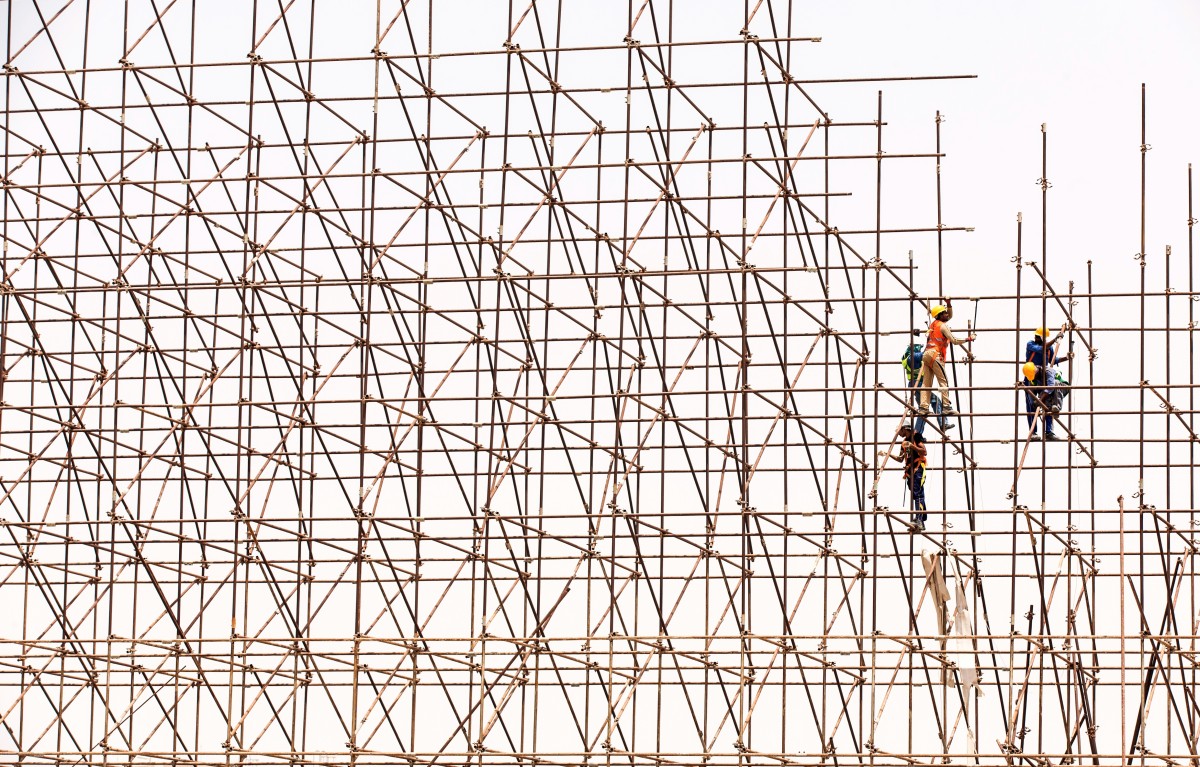
Slow Space: Fair Labor in Construction
Labor exploitation in the building industry is an unfortunate reality. We are committed to improving working conditions for everyone involved in design and construction.
Construction
Construction is a great source of well-paying middle class jobs that support local economies, however fewer people are choosing this career path. Instead the industry relies heavily on unskilled and low wage workers, making it extremely susceptible to exploitation and Modern Slavery.
“The International Labour Organization estimates that, by their definitions, over 40 million people are in some form of slavery today. 24.9 million people are in forced labor, of whom 16 million people are exploited in the private sector such as domestic work, construction, or agriculture … and 4 million persons in forced labor imposed by state authorities.”
The industry relies heavily on unskilled and low wage workers.
Although slavery has been officially abolished, enslavement persists through illegal control rather than legal ownership.
Examples in the construction industry include:
- Unsafe working conditions that led to thousands of deaths of the “World Cup Slaves” at Zaha Hadid’s 2022 World Cup Stadium in Qatar.
- Predatory recruitment, confiscation of passports, and withholding wages of migrant workers globally, documented by an organization of architects, activists, and scholars called Who Builds Your Architecture?
- Workers are housed in remote “camps” with poor hygiene, no privacy, and as little as one square meter per person. Amnesty International reported a case where workers were forced to sleep in shifts because there was not enough space.
- Non payment of salary, salary considerably below legal minimum wage, and sometimes requiring laborers to work unpaid until a project is completed.
- Construction companies hiring workers illegally, paying them under the table, demanding long hours at less than prevailing wage with no benefits, workers compensation, or health insurance if they get injured. The companies rarely get caught because the workers have no legal recourse so it is cheaper for them to pay the fines rather than operate legally and ethically.
- In the US, the 13th Amendment provides the legal basis for slavery to continue for incarcerated people. Prison labor is used to create case goods, office furniture, and other building products.
- Around the world, enslaved people are used to harvest or make common building materials such as brick, stone, rubber, and lumber.

Construction Workers on Scaffolding. CC0 License.
The problem of exploitation in the construction industry is systemic and exists right under our noses. As one workers’ advocate said: “This is not about catching a few bad actors that are dragging down the industry. We’ve evolved a system for providing subsidized labor to build our houses, and it’s based on the vulnerability of the workforce.”
It is not uncommon for wages to be withheld, or never paid, and the workers have no recourse, either because they are undocumented or because they are not on the books. Wage theft is defined as the denial of wages or employee benefits that are rightfully owed to an employee.
Examples include failure to pay overtime, minimum wage violations, employee misclassification (classified as independent contractors rather than employees), illegal deductions in pay, working off the clock, or not being paid at all. It is estimated that billions of dollars are stolen from workers every year by employers in the form of wage theft. Oversight is difficult because of the complexity of the supply chain. There are dozens of different construction trades with many layers of subcontractors, each at risk of exploitation.
Meanwhile, the practice is very profitable. The International Labour Organization estimates that $34 billion in profit is generated annually in the construction industry worldwide from slave labor.
In the US, safeguards are in place on publicly bid projects where subcontractors are required to submit payroll records every week or month showing they comply with the laws. Unions also protect workers, but only a small percentage of people working in the trades are in unions.
Private, non-union jobs, like the majority of residential construction in the US, is awash in exploitation and Modern Slavery.
In 2015 the UK passed the Modern Slavery Act to strictly enforce laws on human trafficking and exploitation as well as transparency in supply chains. Canada and Australia have also passed legislation on Modern Slavery with more countries to follow. But as we have shown, just because there are laws in place does not mean slavery will end.
Read the next post in our series: SLOW SPACE: FAIR LABOR IN ARCHITECTURE.




